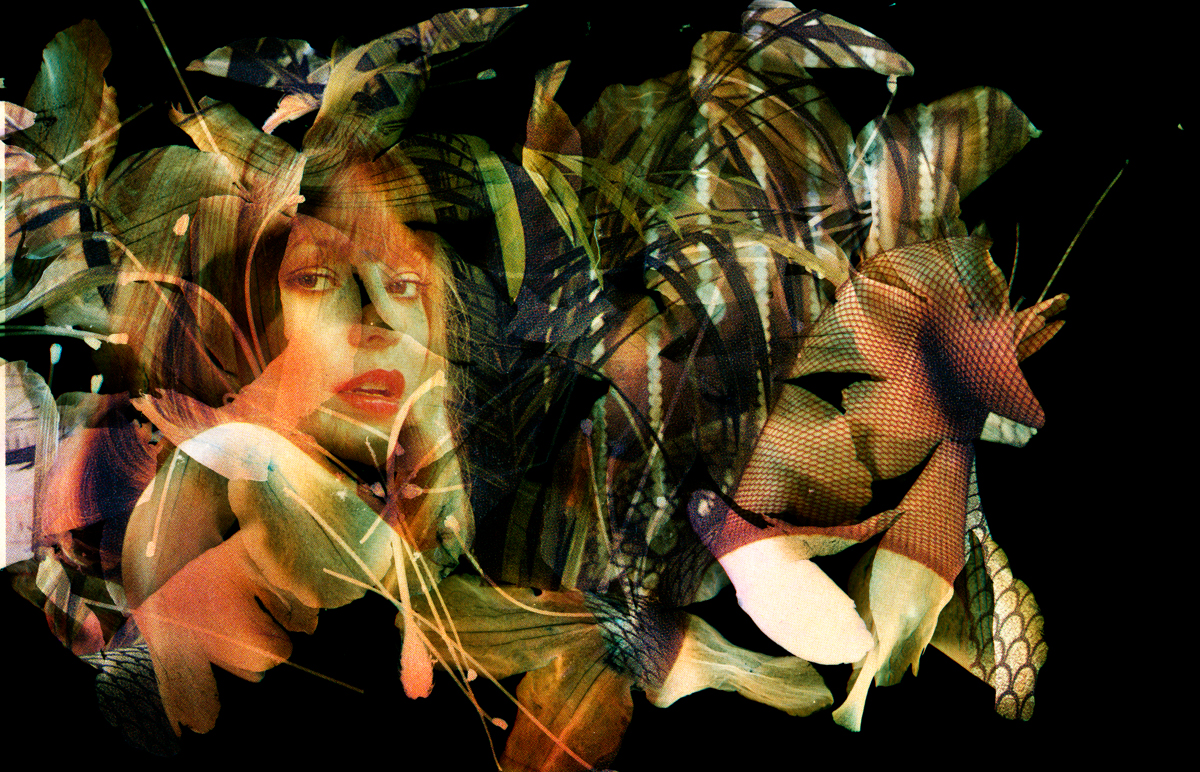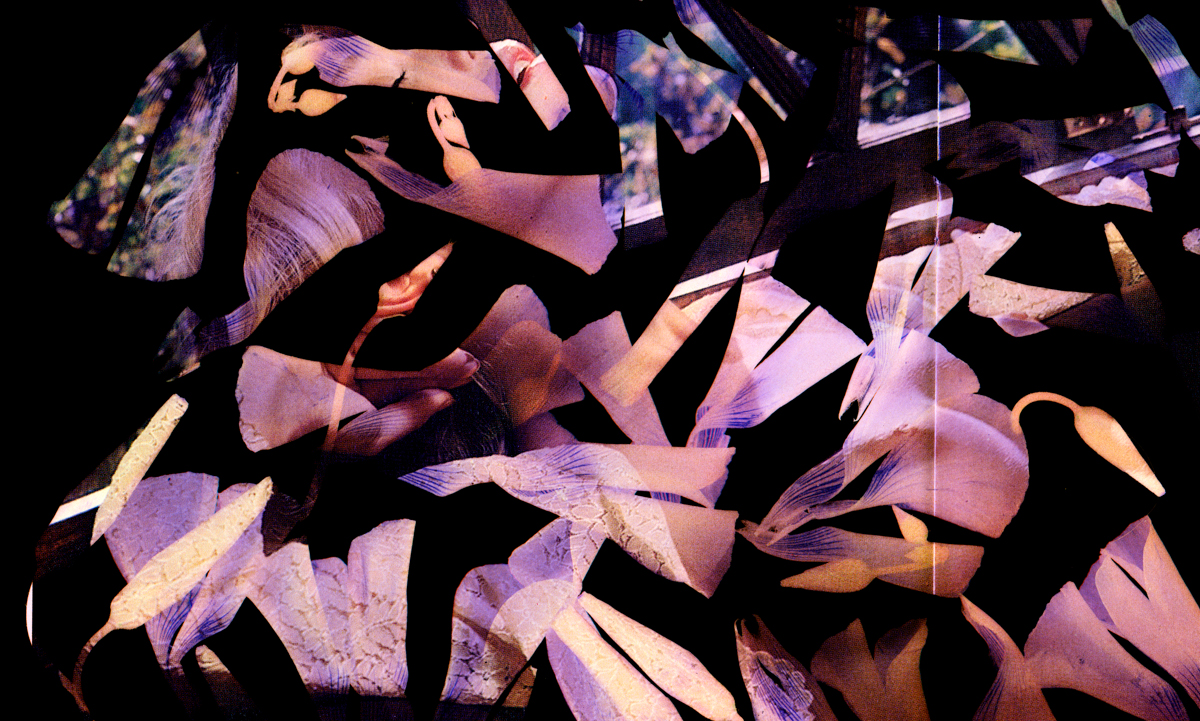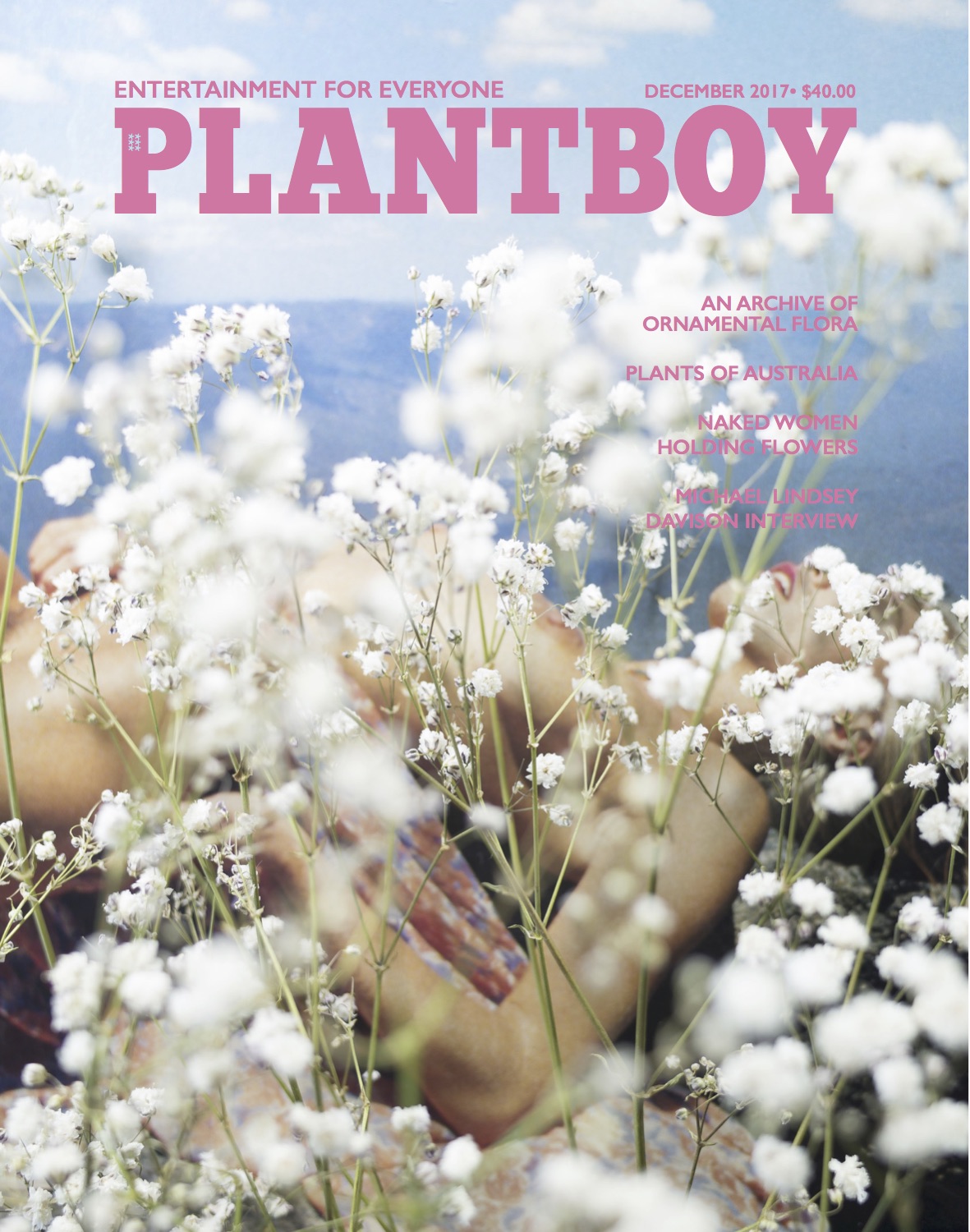Michael Lindsey Davison is an artist and writer making limited edition photobooks, which he self-publishes via his own imprint. His latest project is called Plantboy, a generous and interactive tome craftily reimagining classic nudes from old Playboy mags. After finding stacks of the era-defining men’s magazine in various vintage stores, Michael was struck by the recurring and unexpected inclusion of flowers and plants in the shots and decided to exaggerate this motif in his own images. Michael’s revisions feel alive and sweet in a way the originals never did — by juxtaposing the found images with his own he’s essentially created new meaning. As Michael suggests, his intention here was never to “merely appropriate…but to create something new, to push appropriation to a new level.” With the photobook, Michael also plays with the conventions of pornographic magazines: each page is a sealed section which must be sliced open with an included razor blade to reveal more floral finds. Within these folds, he’s hidden paraphernalia from his source material; faded subscription ads and postcards, which fall out as you discover his interpretations of classic cigarette and perfume ads. We spoke to Michael to find out more about the three years he spent making Plantboy and his practise generally.

On the cover of Plantboy, you’ve changed the original ‘Entertainment for Men’ subtitle to ‘Entertainment for Everyone’. What were you looking to create with this photobook?
Well, I began investigating Playboy Magazine after reading a few interviews with Ryan McGinley where he said he was influenced by pornographic images early in his career. As part of my research while studying Visual Culture, I wanted to investigate that for myself. For me it took a totally different direction when I started to notice things in the magazine which came up again and again.
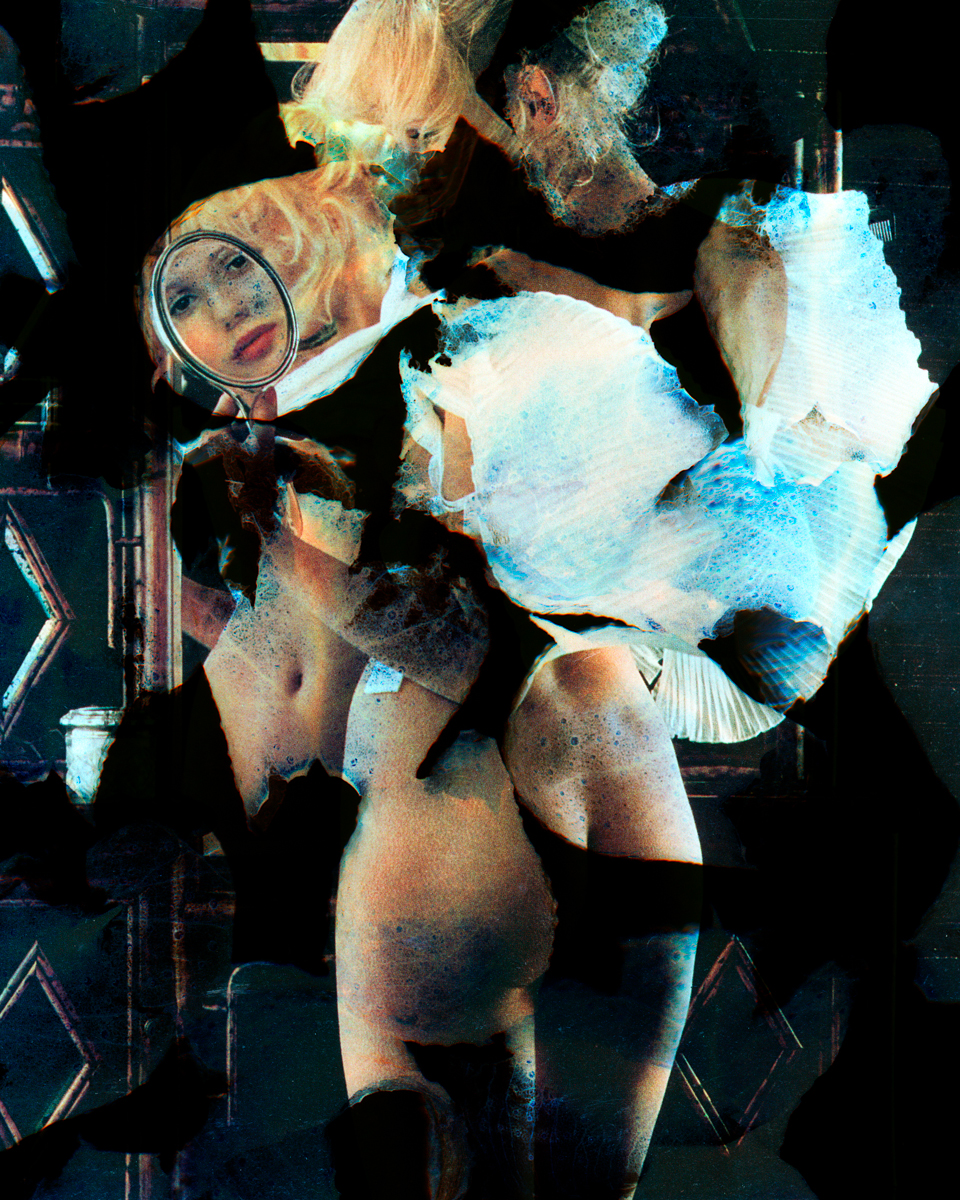
Right, what were they?
The main thing I focused on was the use of nature and how nature is used to influence a particular view of women and femininity. It was important for me when I was making Plantboy to show how nature was used. There is a whole section in Plantboy with women holding flowers — I think that was used originally to influence our view of women in general.

It’s funny because flowers don’t instantly spring to mind when thinking of Playboy.
True, but it was definitely in there. I think it is important as an artist to introduce new ways of seeing. I talk about this idea of visual literacy — in some ways there is that kind of element in Plantboy, where you get an insight into the visual language of Playboy Magazine. I still wanted it to be seductive, just as the original images are seductive and quite beautiful.
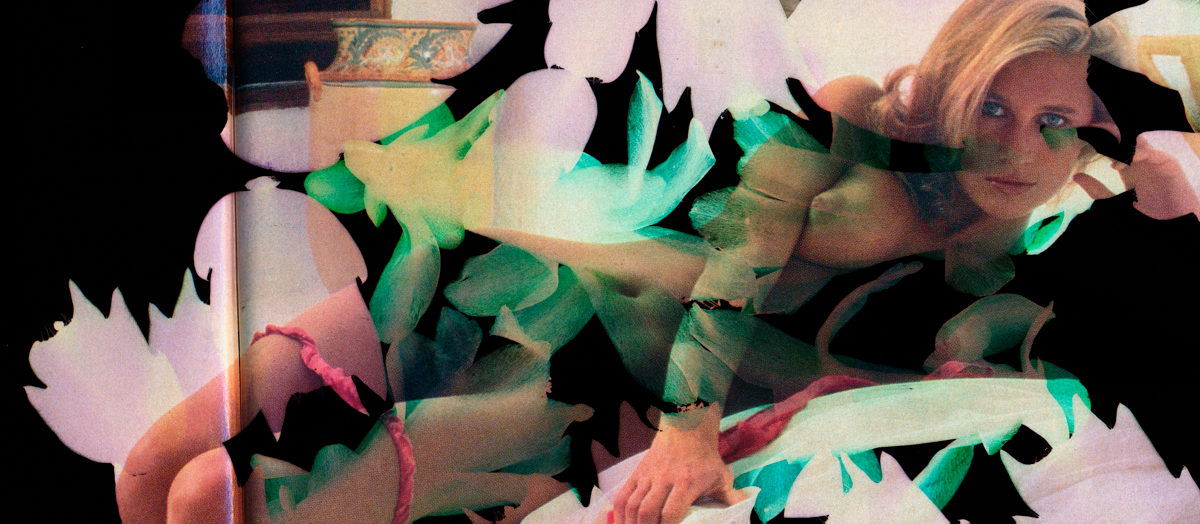
With these new images you’ve taken it into a new realm by covering a lot of the nudity.
Right, I wouldn’t be surprised if people thought I was a big prude. All the nudity is essentially taken out but in some ways I felt I needed to and that it was a responsible thing to do. In a way I’ve kind of clothed the women in flowers. Then there are the more collage-inspired images, where I abstract the body through an image of nature. When you look at pornography you’re objectifying bodies but I was more interested in showing how a certain view of femininity is influencing how we see these bodies.
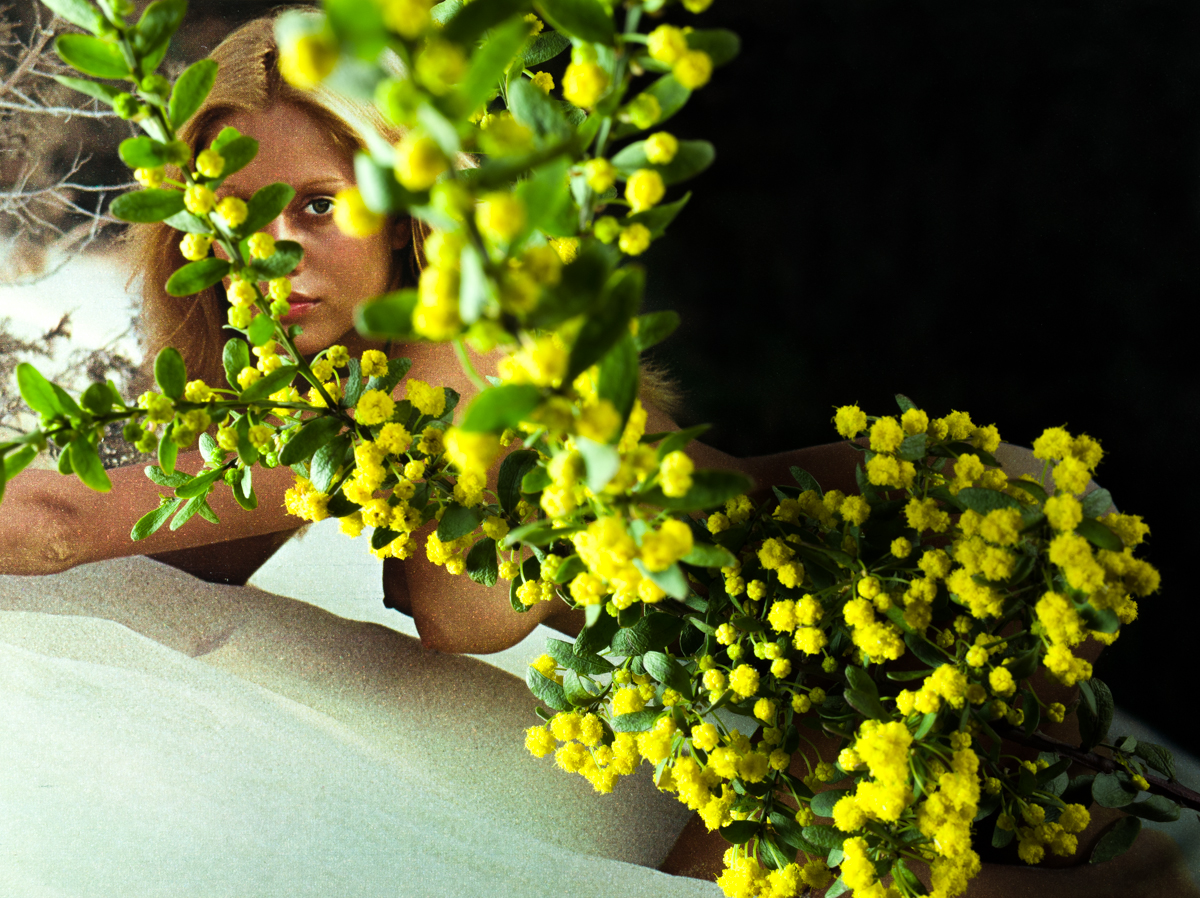
You also play with a lot of the conventions of Playboy with the sealed sections and the cigarette ads inside and on the back cover.
I wanted Plantboy to be interactive. It’s funny watching people with the blade, cutting open the pages. I think it is a satisfying thing for readers to do for themselves, but also for them to become explorers of printed matter, which is what I was doing for so many years.

Would you say there is a sense of nostalgia for early Playboy and the way women were represented?
I’d say straight up, no. In that respect, there isn’t really much emotion from my perspective. This was more just like a process I had to go through to explore and construct meaning out of the images. In fact I would say I wanted to shy away from being overtly nostalgic. I like the magazine form in general and I think objectively I’m more nostalgic about the way Playboy is laid out as a magazine, the typography, advertisements and what it says about the time it was made. I am more interested in those kinds of ideas that can be found within the publication.
